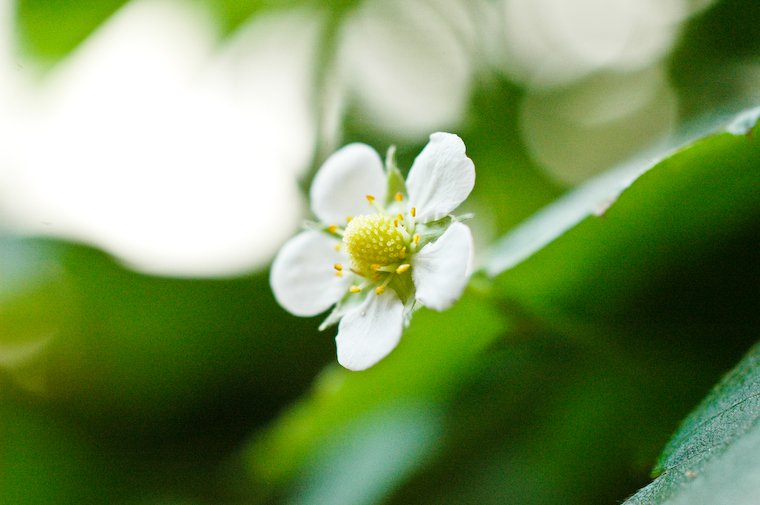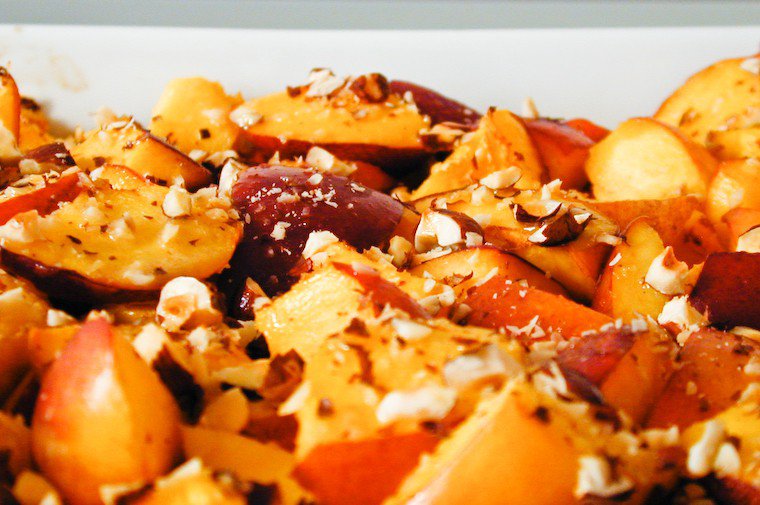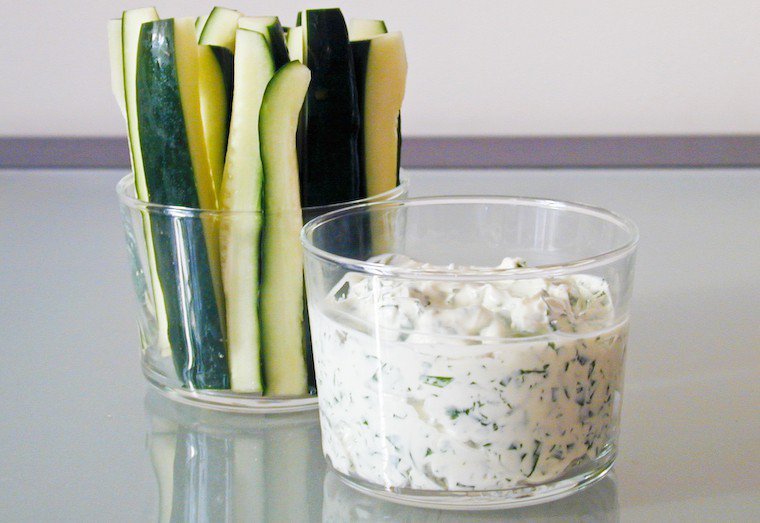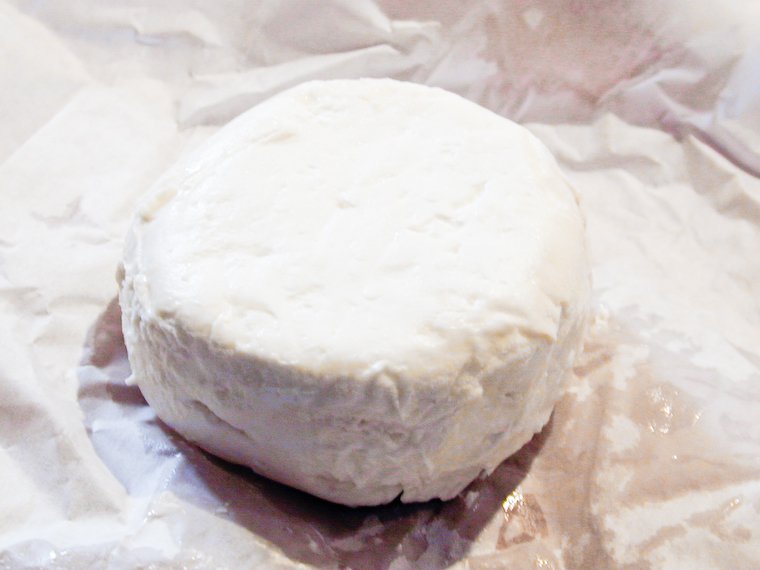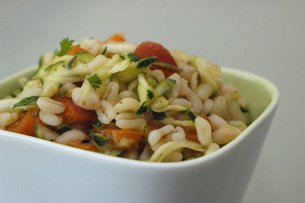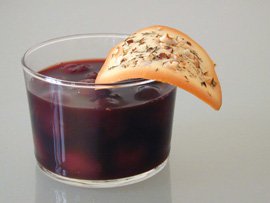Fraises des bois du jardin
High up on my life list is to one day have a garden, a vegetable patch and an orchard.
In the meantime, I have to settle for windowsills and tiny balconies on which Maxence, who is The Official Gardener around here, plants and pampers a lush jungle, making the absolute most of every square inch of space and railing. I have little patience for that sort of thing, but I am certainly grateful for his efforts and happy to enjoy the benefits — green, green, green through every window, flowers and herbs and, most recently, fruit.
I insisted, because when you buy a plant or a little bag of seeds, what you really buy is the dream, the possibility of it growing and blossoming and making you proud.
Last spring on the Quai de la Mégisserie where gardening and pet stores abound, I was the one who insisted we buy a small pot of fraises des bois, those teeny strawberries that grow mostly in the wild and which the observant little girl (if properly trained by her mother) can spot and feast on in the mountain underbrush.
To be truthful, I didn’t think ours would ever bear fruit. Not because I doubted Maxence’s skills, but simply because I couldn’t imagine it actually happening. Still I insisted, because when you buy a plant or a little bag of seeds, what you really buy is the dream, the possibility of it growing and blossoming and making you proud.
Despite my doubts, the plant we bought developed into a healthy-looking little shrub on our bathroom windowsill; delicate flowers soon started to bloom.
And do you know how this works? When the petals fall from strawberry flowers, their heart keeps swelling and then droop under the weight of their elongated shape. It takes them just a few more days to blush and blush until bright red, at which point Maxence harvests them and comes to share the minuscule bounty with me — usually one or two strawberries at a time, each of them softly sweet, uniquely acidulated and astonishingly flavorful for a thing so tiny.
